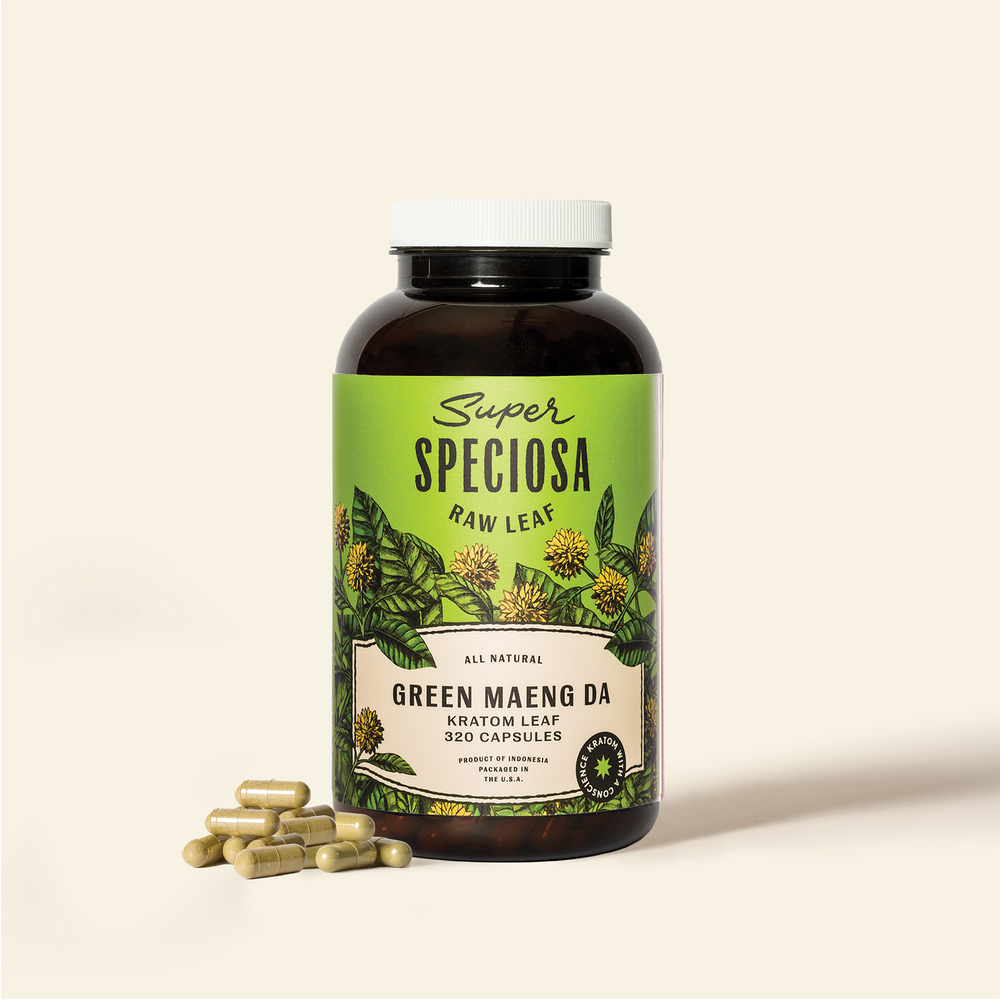Kratom Researchers Present at United Nations Advisory Conference
KRATOM RESEARCHERS PRESENT AT UNITED NATIONS ADVISORY CONFERENCE

For nearly a decade, kratom has been hampered by the lack of definitive science and information on the plant, and that has led to lawmakers turning to cursory Google searches instead of leaning on the research community.
That has led to a patchwork of regulations, rules and limitations on kratom in America as advocates have tried to bridge the gap between scare tactics and what science is learning about kratom.
But after a recent presentation at a United Nations policymaking conference, it appears the research community is on the verge of changing the kratom conversation.
A group of researchers made the case for kratom during a presentation that streamed live on Mar. 17, 2025, as part of the 2025 United Nations Commission on Narcotic Drugs (CND), displaying developments in research and scientific understanding of the plant. Some information was a refined version of a similar presentation in front of the United States Congress last year, with a pair of new voices providing additional perspective as the team took its message global.
While there were no specific policy positions presented, the message came through loud and clear: The truth about kratom is far from the picture that has been painted in America.
“What we’ve learned from that is kratom has multiple pharmacologies associated with it, not just opioid as many people have attributed it to,” said Dr. Christopher McCurdy. “It’s understandable why this is a popular remedy traditionally for pain.”
As part of a presentation by the American Kratom Association (AKA), McCurdy and others updated the international community about significant developments in kratom research. McCurdy leads a team at the University of Florida and oversaw a groundbreaking “dose-finding study” on behalf of the Food and Drug Administration (FDA) early last year.
McCurdy’s portion of the presentation focused on the alkaloid structure of kratom and highlighted the naturally occurring alkaloids in the profile of a typical kratom product. Most of his presentation was information that McCurdy presented at a briefing in the halls of the United States Congress last year to set the stage for the other presentations.
Setting the Record Straight
Dr. Edward Boyer and Dr. Kirstin Smith also presented alongside McCurdy in Congress and as part of the AKA’s presentation to the UN. Starting with Boyer, who talked about kratom’s potential for adverse events, the trio of researchers made a clear case that new testing, data and research studies are changing the narrative around kratom.
For starters, Boyer testified that from a chemistry standpoint, the numbers and description of adverse events do not add up to what he has learned about kratom’s structure and function. Boyer specifically highlighted the numbers around seizures associated with kratom and said the low number of events is more suggestive of underlying seizure disorders than it is of any sort of causation due to kratom ingestion.
“I don’t believe that there is sufficient data to establish causation that kratom or mitragynine causes the adverse events that are associated with it,” Boyer said.
Smith’s work centers more on feedback from kratom users and challenges another major criticism of kratom’s opponents. In discussions at various levels of government, lawmakers and law enforcement officials have claimed that kratom is the latest way for consumers to chase an intoxicating high. Others have claimed that kratom targets children for these same purposes.
In Smith’s research, the opposite has been shown.
“A lot of use is how we drink coffee–at different times of the day,” Smith said. “A lot of use is similar to that. Not a lot of intoxication…We’re not seeing people who are seeking out highs.”
Instead of relying on anecdotal testimony or fear tactics, Smith’s research leans on feedback from kratom consumers to try and better understand one of the fastest-growing markets in American botanicals.
“What we don’t see is binge-like use or heavy weekend use,” Smith said. “The amount that people are taking is consistent.”
Evidence and Experience
Dr. Marilyn Huestis added a new perspective to the conversation as one of two presenters who did not speak in front of Congress last year. Huestis presented a series of trials and data on kratom use in humans and animals that further challenged kratom’s place in the hierarchy of natural supplements.
That data included a 200-participant human trial that was performed in three steps. First was a single dose of kratom and a 10-day monitoring period before proceeding to 15 consecutive days of kratom use. The final step was weeks of monitoring.
Volunteers for the trial were students or had jobs, and participants returned to those everyday activities after each dosage. No adverse events were reported. In addition to the results from human trials, Huestis presented data from high-concentration kratom consumption in rats that specifically studied the risk of respiratory depression.
The data derived from those various trials led Huestis to a conclusion that closely echoed the statements made by McCurdy about kratom’s mistaken profile.
“Mitragynine is not an opioid based on its chemistry or its pharmacological class. As you’ve heard it does have some mu-opioid receptor activity but it also has lots of other complex pharmacology,” she said. “We’ve shown no respiratory depression in both animals and our clinical study.”
Joining Huestis as a new voice at the table was Dr. Darshan Singh, a professor at Universiti Sains Malaysia, who spoke about kratom’s use profile and the situation surrounding kratom in its native climate. Although opponents of kratom have often cited kratom bans in Southeast Asia as evidence of kratom’s danger, Singh presented a perspective that those who oppose such restrictions are “intrepidly” standing up for kratom and its “integral” role in local customs.
According to Singh, kratom’s potential for a variety of uses demands that kratom policy around the globe focus on one underlying element: Truth.
“It is unfair that kratom policies are exclusively constructed based on anecdotal data,” Singh said. “Policies around kratom regulation must be formulated through sound scientific evidence.”





